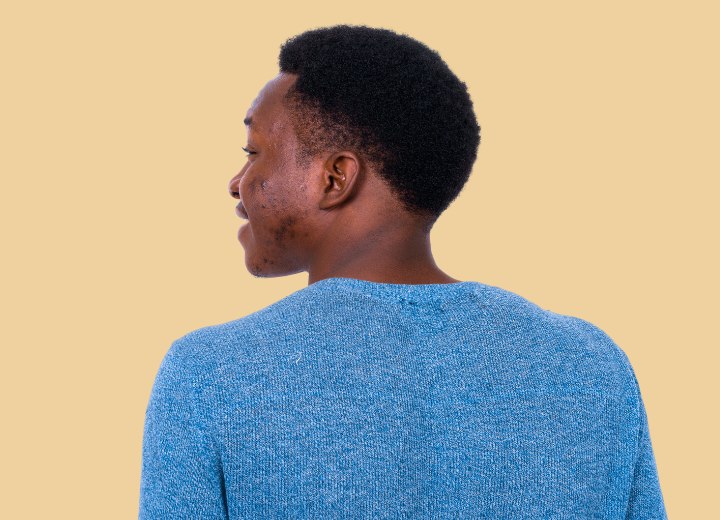Rejuvenating Temple Areas

My temporal areas are in terrible shape: completely neglected and suffering from significant breakage. Over the years, I’ve put my hair through so much: perming, cutting it short after chlorine damage from swimming, going natural, wearing braids, getting press-and-curls, and now weaves. I’ve reached my breaking point. I just can’t take it anymore!
I desperately need help with my hair. My first step is to stop wearing weaves or extensions for a while and give my natural fro a chance to breathe. I know this was a long introduction, but I’m really hoping you can offer some guidance. Specifically, I’d love advice on how to rejuvenate the temple areas, stimulate overall scalp growth, thicken my hair, and maintain proper moisture levels. Thank you so much for taking the time to read this. I truly need help with my hair situation, and I’d be so grateful for any advice you can provide.
You’re already on the right track by deciding to step away from weaves and extensions. Giving your hair a chance to rest is one of the best things you can do. To support your hair’s recovery, focus on gentle care:
• Cleanse wisely: Shampoo only when necessary (when your hair or scalp feels dirty) to avoid stripping natural oils. When you do wash, use a sulfate-free, moisturizing shampoo to keep your hair hydrated.
• Condition regularly: Deep conditioning treatments (at least once a week) will help restore moisture and strength to your strands. A leave-in conditioner can also provide daily hydration and protection.
• Be mindful of styling: Avoid tight hairstyles that pull on your edges, and opt for protective styles like loose braids or twists that minimize tension. Satin or silk scarves and pillowcases can also reduce friction and breakage while you sleep.
Nutrition plays a huge role in hair health, too. A diet rich in protein, vitamins (especially biotin, vitamin D, and iron), and omega-3 fatty acids supports strong, healthy growth. If you’re concerned about deficiencies, a daily multivitamin or a hair-specific supplement (like collagen or biotin) may help. Just check with your doctor first.
For your temple areas, consider incorporating a scalp massage routine with nourishing oils (like castor oil, rosemary oil, or peppermint oil) to stimulate circulation and encourage regrowth. If you don’t see improvement after several months of consistent care, consulting a dermatologist or trichologist could provide additional solutions, such as topical treatments or professional therapies.
With patience and the right approach, your hair can bounce back. Stay consistent with your routine, and don’t get discouraged. Healthy hair growth takes time. Wishing you the best on your hair journey!
©Hairfinder.com
See also:
Diet for healthy hair
Am I having problems with my hair because I don't eat right?